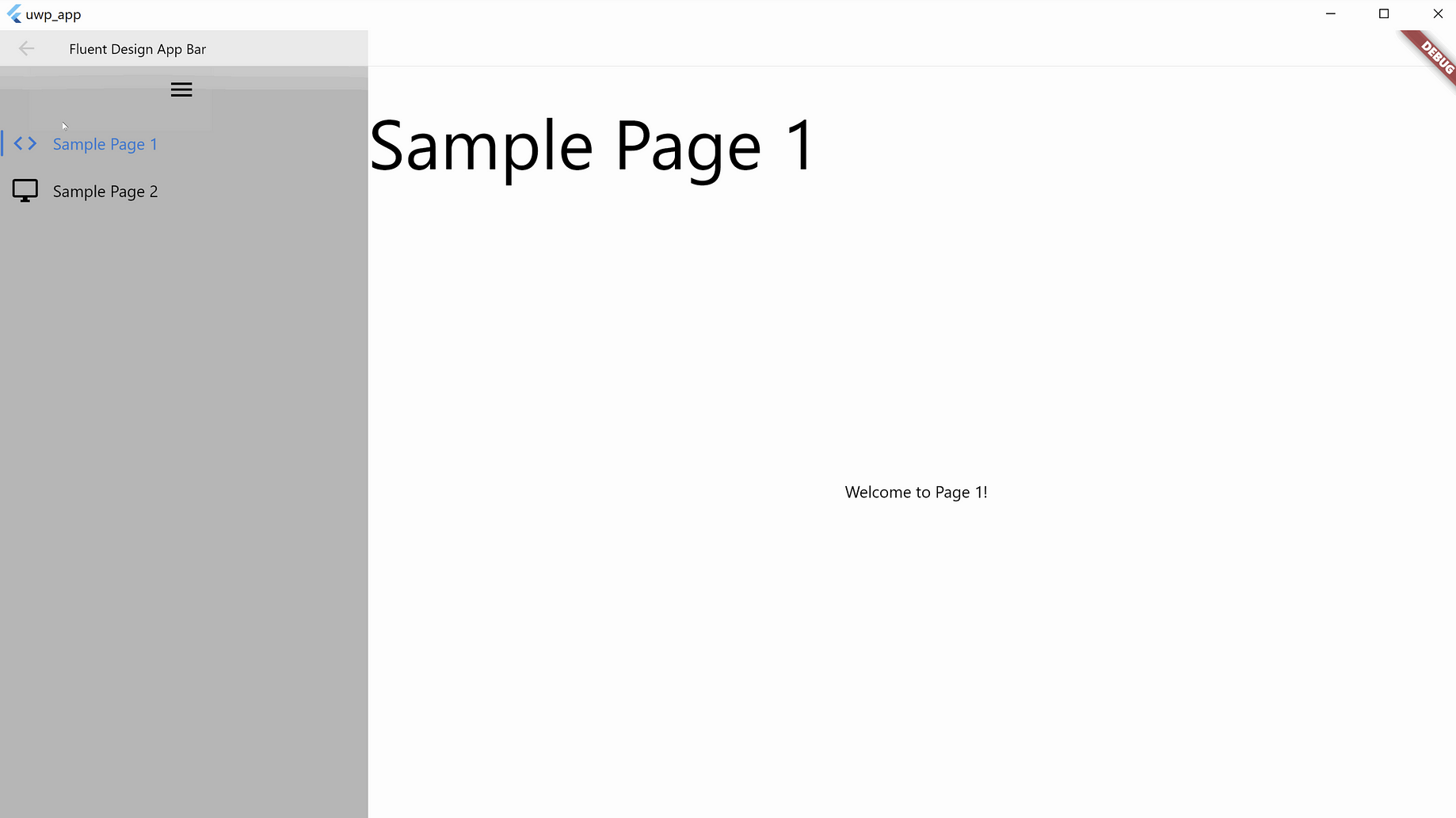

Moves the current cell previous to the active current cell. If the CurrentCell is in the first row, pressing the Up arrow does nothing. Moves the CurrentCell directly above the active current cell. If the CurrentCell is in the last row, pressing the Down arrow does nothing. Moves CurrentCell directly below the active current cell. ScrollInView ( new RowColumnIndex ( rowIndex, columnIndex )) Mouse and keyboard behaviors Keyboard behavior You can select a single row by setting the SelectedItem property or SelectedIndex property. Programmatic selection Process selection using properties When you select more than one rows or cells, the record that had been selected initially is maintained in SelectedItem, and the record that currently has focus is maintained in CurrentItem. CurrentItem Vs SelectedItemīoth SelectedItem and CurrentItem return the same data object when a single row is selected in tree grid. You can get all the selected records using the SelectedItems property, and you can also get all the selected rows’ information through, which is a collection of TreeGridRowInfo. The CurrentCellInfo returns an instance GridCellInfo, which contains the information about the cell that currently has focus. The CurrentItem returns the data object that currently has focus, and the CurrentColumn denotes the GridColumn that currently has focus. SelectedItem denotes the first selected row in multiple selection. The SelectedItem property returns the data object of the selected row, and the SelectedIndex property returns the index of the SelectedItem in SfTreeGrid. In multiple selection, pressing navigation keys moves only the current cell, and you can select or deselect by pressing the space key. Never: Select this option preference to make Firefox use the colors specified by the web page author.When SelectionMode is Multiple, you can select or deselect multiple rows by clicking the respective rows.
Uwp override selected text color windows#
Only with High Contrast themes: This option preference will make Firefox use the colors specified by the web page author, except when you are using a High Contrast Windows Linux theme. Always: Select this option preference to force all sites to use your default colors. Override the colors specified by the page with your selections above:. Note that many sites specify their own styling rules and this option preference has no effect on those sites. Uncheck this option preference to disable this. Underline links: By default, links are underlined on web pages. Click on the color samples to select colors. Link Colors: Here you can change the default colors for Web links. Use system colors: Check this option preference to use the colors defined in your operating system settings instead of the colors specified above. Text and Background: Here you can change the default text and background color to be used on web pages that haven't specified that information. In the window that opens, set Override the colors specified by the page with my selections above to Always. Some websites have custom font colors, to disable them: Select the color you want by clicking one of the colored rectangles. Clicking on any of the colored rectangles will show you the possible colors you can choose from. Under Fonts and Colors, click the Colors… button. Text Encoding for Legacy Content: The text encoding selected here will be used to display pages that don't specify which encoding to use. This is useful to prevent sites from using overly small fonts that are barely readable. You can also set the minimum web page font size. You can also change the size for Monospace fonts. Specify the font to use for Serif, Sans-serif and Monospace fonts. Then specify the font size you want for proportional text. Select whether proportional text should be serif (like "Times New Roman") or sans-serif (like "Arial"). For a language/script not in the list, choose Other Writing Systems. For instance, to set default fonts for the West European languages/scripts (Latin), choose Latin. From the Fonts for drop-down list in the Fonts dialog, choose a language group/script.  In the Fonts dialog that opens, uncheck Allow pages to choose their own fonts, instead of your selections above. Under Fonts and Colors, click the Advanced… button. Some websites have custom fonts to disable them:
In the Fonts dialog that opens, uncheck Allow pages to choose their own fonts, instead of your selections above. Under Fonts and Colors, click the Advanced… button. Some websites have custom fonts to disable them: .png)
Any changes you've made will automatically be saved. Under Fonts and Colors, use the drop-down menus to select the font and font size of your choice.In the General panel, go down to Language and Appearance.Click the menu button and select Settings. Click the menu button and select Options Preferences. In the Menu bar at the top of the screen, click Firefox and select Preferences.




.png)


 0 kommentar(er)
0 kommentar(er)
